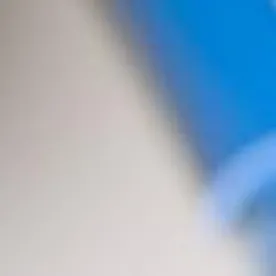Our prior posts (here and here) described the basic contours of a section 337 investigation and how section 337 has been used to challenge alleged patent infringement by imported medical devices. This final post in the series looks at the ITC’s treatment of remedy issues and an overall assessment of how medical device cases at the ITC have turned out.
Once the ITC finds a violation of section 337, it must consider whether to issue a remedy. The principal remedy the ITC can provide is an exclusion order — an order to U.S. Customs and Border Protection to block future infringing imports at the border. The ITC cannot award damages for past infringement.
Before the ITC can issue a remedy in a section 337 investigation, however, it must decide whether exclusion of imported products found to be infringing would be consistent with the public interest. While the majority of section 337 investigations do not present public interest issues, a few do. In recent years, the ITC has endeavored to identify early in the process the cases that are likely to present serious public interest issues, so that the administrative law judge can take evidence and assemble a record for consideration by the Commissioners. Since these early identification procedures were adopted, the assigned ALJ has been asked to take evidence on the public interest in about 20 percent of section 337 investigations.
For cases involving medical devices, however, the referral rate is 50 percent — not surprising when one of the public interest factors the Commission must consider is whether exclusion of a product would be detrimental to the public health and welfare. Indeed, one of the only three cases since the enactment of section 337 in which the ITC found a violation but denied a remedy based on public interest concerns involved medical devices — specialized beds for treating burn victims. Because the ITC decides whether to refer public interest issues to the ALJ within 30 days of a new complaint being filed, medical device companies named as respondents in ITC complaints need to act quickly to evaluate the potential benefits of seeking such referral.
Even though section 337 investigations move quickly, with trials scheduled for 8-10 months after institution, fewer than a third of medical device cases go to trial. The ITC reports that between 2006 and 2014, section 337 investigations had an overall settlement rate of approximately 46 percent (including investigations terminated based on a settlement agreement and those terminated based on a consent order). Among the 18 medical device cases that have been completed since 1996 (2 are still active), 50 percent have concluded based on a settlement or consent order. An additional 20 percent of cases ended with withdrawal of the complaint. Only 3 cases went to trial, with one more pending.
When it comes to outcomes, the ITC is an even playing field. Overall, section 337 investigations involving medical devices ended with an outcome that can be characterized as favorable to complainant (finding of violation on the merits, default, or consent order) about a third of the time; another third can be characterized as favorable to respondent (finding of no violation, withdrawal of complaint); and the final third ended in settlement. With no statistical advantage to either side, thorough preparation and careful attention to the unique features of ITC practice are the keys to success.
Section 337 presents both pitfalls and opportunities for medical device companies. Careful planning by complainants and expeditious but informed strategic decisions by respondents are the best ways to take advantage of the opportunities and avoid the pitfalls. Keeping up with the trends in medical device cases at the ITC is a key step in the right direction.




 />i
/>i

